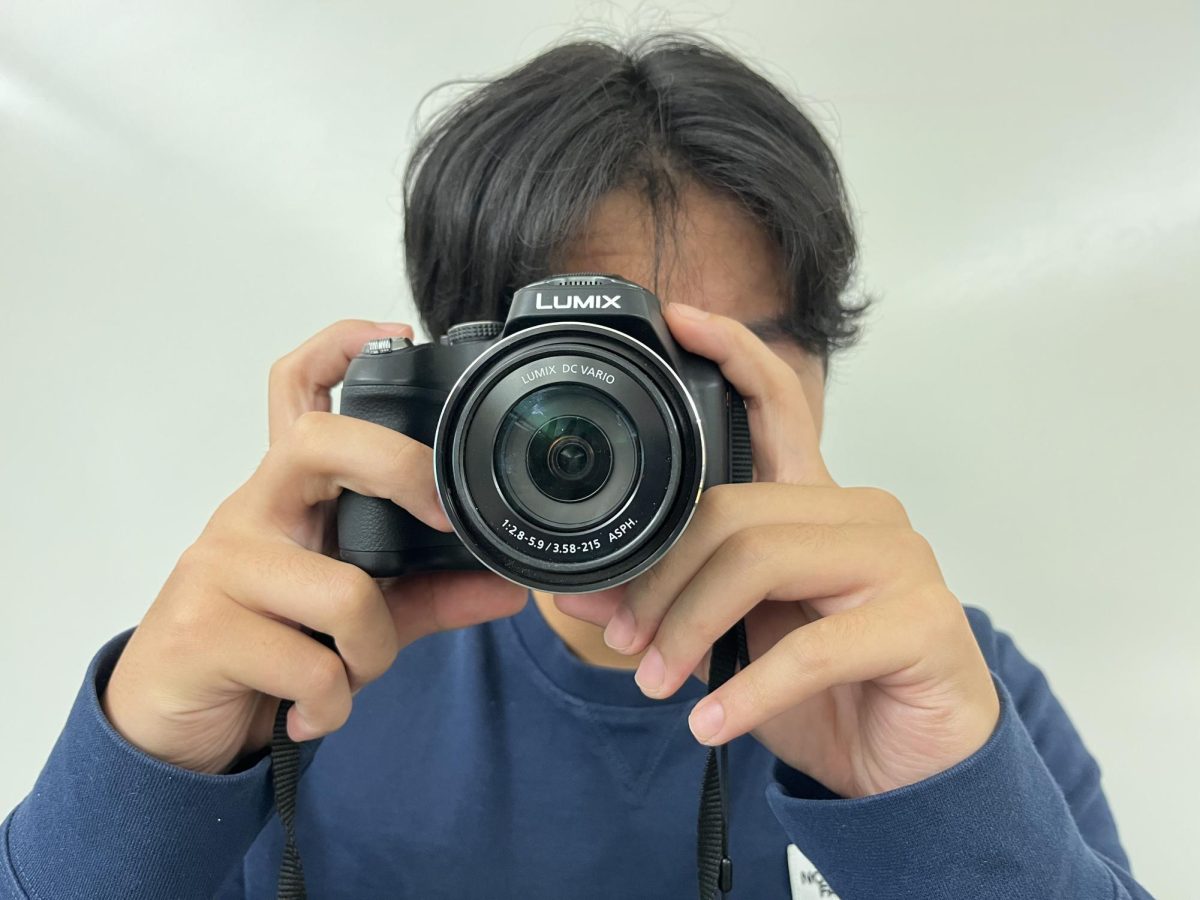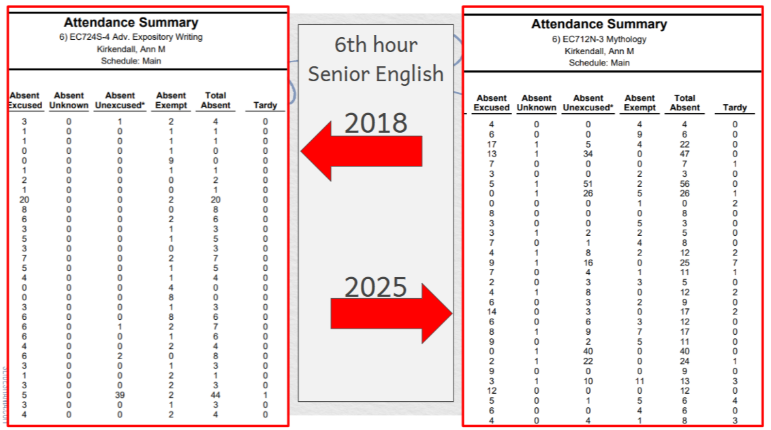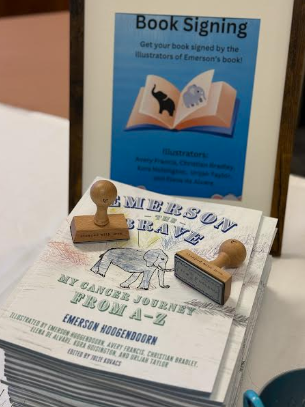Over the past five years, West Ottawa has observed Leyden High School’s move toward one-on-one technology. Leyden, a school in the suburbs of Chicago with similar demographics to West Ottawa, are technologically a few years ahead of WO. They put nearly 2000 Chromebooks into the hands of their students four years ago. As WO observes their progression with Chromebooks, WO is trying to find the best way to roll out Chromebooks next year. Leyden students Natalie Taborska and Airis Rosales lend perspective as to what WO should expect during the transition to Chromebooks and how they feel Chromebooks serve them as an educational tool.
Taborska and Rosales said the transition to Chromebooks was painless. Leyden students primarily use Google applications because of the convenience of being able to share with a peer or teacher, an application West Ottawa students also rely on. Gmail, along with other Google applications, are applications millennials grew up using, therefore, the transition to having a Google device was not anything new.
Although Chromebooks are helpful for obvious reasons such the environmentally conscious benefits, or lightening heavy backpacks, Taborska said, “Chromebooks have been one of the best educational tools I’ve received.” She notes how simple it is to get in contact with teachers and peers as well as how valuable it is to have a device similar to what she will be using in college. Also, grades are received quicker as grading becomes simpler for teachers through Google Forms. The benefits to investing in one-on-one devices are numerous.
Taborska describes the distractions Chromebooks hold with their limited but existing use of social media. Although it is a distraction to her in the classroom, this is a problem that will not go away when students go to college. Using Chromebooks starting in high school give students the opportunity to correct bad habits of getting off task, a skill that will benefit students enormously once college begins. Of course, if the distraction becomes overwhelming, teachers have the means to monitor students’ computers.
When Leyden students are having software problems on their Chromebook, they can take it to the Tech Support Internship or TSI. TSI is a class that teaches students how to fix other students’ devices. The turn around to getting Chromebooks back to students is much quicker than if the Chromebook were to leave the school to receive repair. Plus, TSI is a great learning experience for students who plan on going into the technology field. If WO follows Leyden’s lead, in a few years, WO could have a similar program that creates more student involvement in the investment of Chromebooks.
One of the main concerns students have with going purely digital is writing notes or taking tests without scrap paper. Rosales said, “We can use paper and then our final answers will be what we type in or select in the online quiz.” However, Leyden students now want to use Google Docs to take their notes versus paper. Large exams are not taken via Chromebook with the exception of gym finals. With the option of using paper for learners who prefer it, there is no harm in expanding toward Chromebooks.
Based on Leyden High’s success, WO will most likely find great benefits from making the switch to Chromebooks. What better tool could WO give their students than a device necessary for college and career? With an increased necessity of one-on-one devices for all, Chromebooks ultimately represent a step toward a bright future for WO.






